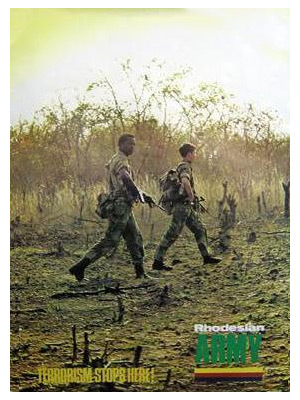This is awesome. I think this kind of training would highly beneficial.
The ability to pick up on a man track in your AO, read that track and have some kind of idea of what is going on with that individual, would certainly help in the defense. I remember one tactic I used to use on one of my sites I worked on, was to smooth out the sand in several potential traffic areas, and continue to monitor those areas in my patrols. If animals or humans were walking on that sand, I would be able to pick up on it, and go after the tracks.
This is just a basic idea of what I am talking about. Tracking humans, much like tracking animals, takes training and experience. Most of all, it takes a hunter’s mindset. So are you a hunter? If not, maybe it is time to do a little ‘live tissue’ training out in your woods, or to attend a school like this one to apply some Kaizen to your hunting skill set. Also, for some more study on man tracking, you can check out the Selous Scouts, the Greys Scouts, or the Koevoet. Don’t forget any Native American/Scouting books that talk about tracking humans. I am sure the readership has their special collection of man tracking books, training, and units, and please feel free to share in the comments section. –Matt
Company website here.
The Scott-Donelan Tracking School is committed to providing the highest level of professional tracking services to our clients. We have successfully provided training to the military, various levels of law enforcement, and search & recovery for over 40 years. Most recently, given the increasing interest in tracking skills, we have begun to share our techniques and training with the general public. Whether you require a robust and thorough program of instruction or simply the basics of tracking, TSDTS has the time-tested ability, proven competence and unparalleled professionalism to address your training needs.
Additionally, The Scott-Donelan Tracking School offers a full variety of consulting services. These services include tracking related expertise, perimeter/base or business security measures and intelligence fusion. Our services richly combine our tracking experience and knowledge with our in-depth understanding of current requirements. We sincerely believe that “Every Problem has a Solution” and we stand ready to leverage our skills to assist you.

